As the star destination for all of your digital marketing calls-to-action, your website is the most powerful asset you have to engage prospects, educate them on your brand, and capture their desire to buy from you. You want to make them feel totally welcome when they visit and comfortable with your personality, style, and the answers you have for their questions.
You also want to know if something is wrong or not working properly on your website before they do. That’s why you need to regularly audit the kind of experience your website gives your visitors, especially if it’s not jiving based on visitor feedback, so it doesn’t feel old or outdated, or the content is simply not what you want to put out there.
Good news, though! We've put together a list of 10 website improvements for leads you can greenlight immediately to make the experience more helpful and useful for your visitors.
Respond to Today’s Marketing Landscape
1. The Number One Improvement: Mobile-Friendliness
The latest statistics are out there:
- 80% of smartphone users will buy from companies with mobile sites and apps that are easy to navigate.
- 80% of the top-ranked websites are mobile-friendly.
- 70% of web traffic comes from mobile phones.
- 70% of the searches made on mobile phones lead to online action.
- 61% of users will never return to a website that is not mobile-friendly.
- Mobile phone data usage is predicted to grow 46% by 2022.
To reach your audience most effectively and improve your chances of capturing leads, your website must be mobile-friendly and easy to navigate no matter what type of device people use to access it. This improvement will make your site instantly more usable for visitors. Plus, Google is now penalizing sites that aren't optimized for mobile devices, according to HubSpot. Use this free tool to find out whether your site is mobile.
Respond with Basic Web Functions
2. Page Load Speed: Less Waiting
An extra five seconds of page load time can increase your website's bounce rate by more than 20%. Plus, it’s one of the most frustrating user experiences because people expect to get their search results and other content they want instantly. Any slower than that, and they’ll bounce off your URL and move on from the interruption.
If you suspect your web pages are slow to load, use Google’s free service to find out details about your page speed and bounce rate. To improve your page speed, check your image file size. Compressing all images with services like compressor.io before loading them onto your website will result in less waiting for your visitors.
3. 404 Errors: Banish Them
Page not found errors (404s) annoy website visitors so much, they often reconsider visiting your website in the first place. They’re looking for a fast solution to their problem, and if your website continues to give them errors, well, just one will disrupt their buyer journey. It’s as frustrating for them as slow page load time.
Check for 404 errors before visitors see them. Use Google Webmaster tools and check crawl errors or use this free 404 checker. Sometimes they’re inevitable, so when a 404 error does occur, make sure your visitors land on an error page that gives them the option to get back to where they were.
Respond with Helpful Design Features
4. Website Imagery: Be Authentic
Using website imagery strategically to support the content and ideas gives visitors a visual break from reading text. But website users today are sophisticated. They can spot generic photography from a mile away and make assumptions about who’s behind it. If you’re using stock photos on your site, it could cause visitors to distrust your company and wonder whether your brand is legit.
People will always respond more positively to original photography that shows your brand, products, services, and personality the way they really are. Although it is possible to edit generic shots in a creative, custom way, your own actual images will speak clearly to prospects and read as more relevant to them.
5. Calls to Action: Easy Navigation
Website users follow visual cues to content that is most important to them. This creates easy navigation that helps them find exactly what they’re looking for in the place they expect to find it.
That’s why you need to use visual cues for calls to actions (CTAs) that encourage people to go to the next step, such as:
- Creating CTA buttons that use color to evoke the intended messaging
- Clearly marking CTAs with an action word or verb that entices people to do something
- CTA wording that creates an emotional connection for the user
- Bold CTAs that are time-sensitive and action-oriented
6. Web Pages: Make Them Match
When all your web pages have a consistent look, it supports easy site navigation and confirms for people what site they’re visiting. Theming the page design with heading sizes, font choices, colorways, button styles, spacing, design elements, illustration styles, and photo choices also provides a beautiful viewing experience as they navigate through your site. You don’t ever want your visitors to wonder, "Am I in the right place?" They may end up just leaving.
7. Content Headings: Talk To Your Audience
What are your potential customers looking for? Speak to that when writing page headings. In addition to contributing to smooth navigation, well-written and relevant headings make it easy for people to scan your site and find content that speaks directly to them.
To target the message, attract your desired audience, and improve your searchability, include keywords in your titling because search engines typically weigh headings over other content.
8. Content Text: Think Headline-like Sentences
Bullet points in paragraphs are like headlines in pages of content; they enable people to get all the information they want quickly and easily:
- Service benefits
- Key features of a product
- Ways you solve visitors’ problems
With bullet points, you can highlight the most important points you want to make while making them more readable and attractive for your visitors.
9. Hyperlinks: Differentiate Them
When you add a link to any page, you're indicating that you want visitors to click it. Make sure links are easily identifiable. Use visual cues to draw attention to hyperlinks, such as underlined text or differently colored text, so your visitors instantly understand you’re guiding them to more information on another web page.
Today’s website users already know that underlined or blue-colored text means it’s a link that can be clicked for more information, so go with user expectations and satisfy their need by making it easy for them. The alternative is text that looks just like all the rest, which is a surefire way for people to miss the opportunity.
10. White Space: Essential for Good Design
White space on a web page is not necessarily unused real estate that needs to be filled with stuff. White space assists site navigation, makes text more readable, and helps visitors focus on other page elements too. Research shows that white space around text and titles increases user attention by 20%.
If your website feels fresh and modern, chances are it’s the white space that’s doing it. In designing the layout of content that’s immediately visible on your website without scrolling, the trick is to find a balance between the amount of space around elements and the amount of valuable information you want to communicate.
11outof11 for Website Audits
If it’s time for a website audit and you need website improvements for leads, connect with 11outof11. Request a complimentary call with an 11outof11 expert. Contact us to learn more.







.png)






